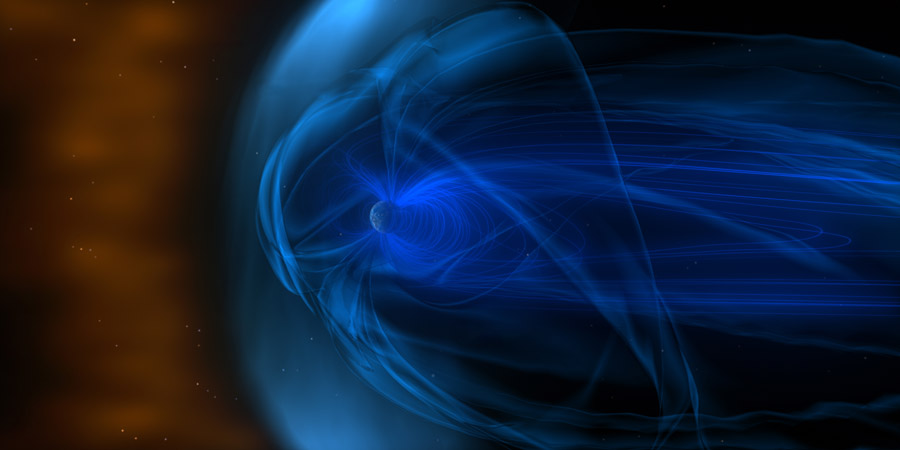X1 coronal mass ejection has arrived!
Sunday, 31 October 2021 12:31 UTC

Finally! After many hours of waiting and waiting and speculating, we can now conclude that the X1.0 coronal mass ejection has arrived at our planet.
The leading edge of the coronal mass ejection passed DSCOVR today at 09:13 UTC. The coronal mass ejection is pretty late compared to what the predictions told us and the impact was also rather weak as a result. The solar wind speed jumped to 400 to 450km/s which is not all that fast and the total strength of the IMF (Bt) seems to be around 11nT.
It looks like the X1 CME has now passed the DSCOVR spacecraft. A clear jump in the IMF strength, solar wind density and a little bit of a speed increase is seen in DSCOVR data. It looks weak but we will see how it develops over the coming hours. pic.twitter.com/ZUrz3PUPIm
— SpaceWeatherLive (@_SpaceWeather_) October 31, 2021
The strong G3 geomagnetic storm conditions that are expected by the NOAA SWPC are very unlikely with the current solar wind stats. While the interplanetary magnetic field is pointing southward right now, a minor G1 geomagnetic storm is the best we could hope for based on the data available right now. Do keep an eye on the data in the hours ahead to see how conditions evolve over time.
We did had a period last evening with a nice southward pointing Bz component of the IMF that propelled us up to active geomagnetic conditions. This made for some vivid aurora displays in Sweden and Iceland among other places but this activity was unrelated to the X1 coronal mass ejection.
It was a green and stormy night. Even if this wasn’t the magnetic storm we were waiting for, the whole sky was covered with dramatic and vibrant #NorthernLights. Hope to see the storm tonight. Beautiful view from @HotelRanga @m_windridge @_SpaceWeather_ #AuroraBorealis #Iceland pic.twitter.com/gVAO00860k
— Sævar Helgi Bragason (@saevarhb) October 31, 2021
Thank you for reading this article! Did you have any trouble with the technical terms used in this article? Our help section is the place to be where you can find in-depth articles, a FAQ and a list with common abbreviations. Still puzzled? Just post on our forum where we will help you the best we can!
Latest news
Latest forum messages
Support SpaceWeatherLive.com!
A lot of people come to SpaceWeatherLive to follow the Solar activity or if there is a chance to see the aurora, but with more traffic comes higher costs to keep the servers online. If you like SpaceWeatherLive and want to support the project you can choose a subscription for an ad-free site or consider a donation. With your help we can keep SpaceWeatherLive online!
Space weather facts
| Last X-flare | 2025/12/08 | X1.1 |
| Last M-flare | 2025/12/12 | M1.1 |
| Last geomagnetic storm | 2025/12/12 | Kp5 (G1) |
| Spotless days | |
|---|---|
| Last spotless day | 2022/06/08 |
| Monthly mean Sunspot Number | |
|---|---|
| November 2025 | 91.8 -22.8 |
| December 2025 | 125.7 +33.9 |
| Last 30 days | 109.3 +18.1 |





